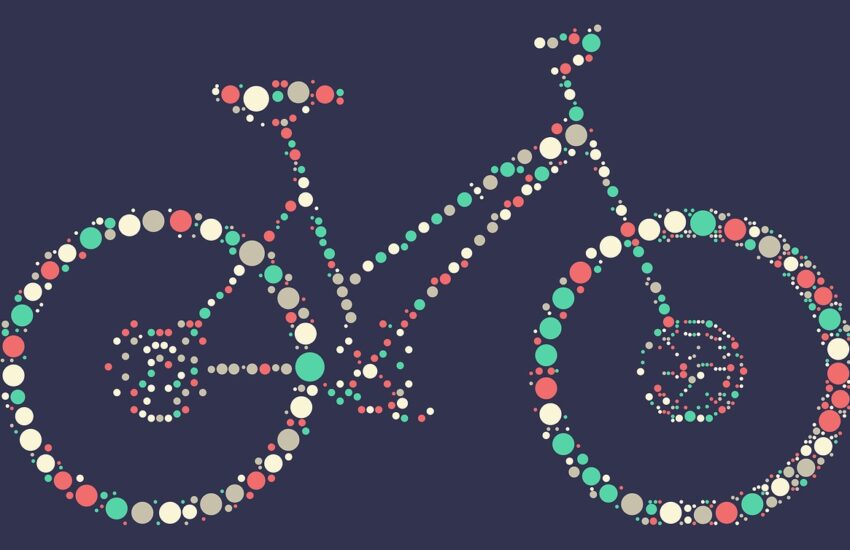Once you know that the most important sense of a robot manager has to be the sense of activity, let’s now consider what an activity is that we perform and how it can be imagined. In this post I will show the first of the basic bricks of the robot manager’s world, which is a thing.
Let’s start at the beginning, which is the philosophy.
“Why is there an entity at all, and not rather nothing? That is the question.” [1] There is something all around us, but what is there really in organizational reality? Aristotle believed that the basic variety of being is substance. Substance is the subject of property, but it is independent of property and persists over time despite changes in property. [2]
At this point, it should be noted that the starting point for designing an ontology of organizational reality in the organizational size system, i.e. the world of the robot manager, is Aristotle’s reconstructed statements:
- every substance is made of something,
- every substance is something,
- every substance changes because of something,
- every substance is because of something (for some purpose). [3]
Its principles also constitute important assumptions in the ontology of organizational reality. These principles are:
- identity; every entity is what it is,
- inconsistency; it is not the case that an entity is what it is and is not what it is,
- excluded middle, every entity is or is not in some respect,
- sufficient rationale, every entity has a rationale within or outside of itself that it is what it is,
- purposiveness, every entity exists for some purpose. [3]
However, the way I built an ontology of organizational reality in the system of organizational magnitudes was most influenced by the views of G. Frege , B. Russell, W.V.O. Quine, R. Carnap, but above all L. Wittgenstein and R. Ingarden.
L. Wittgenstein’s ontological assumptions can be summarized as follows:
- “objects form the unchanging and constant form, substance and content of the world”,
- “if all objects are given, then by the same token, all possible states of things are given.” [4]
See more on YT: Wittgenstein – Tractatus Logico-Philosophicus: Metaphysics and Ontology (Part 1/3)
On the other hand, a slightly different ontological concept was proposed by R. Ingarden, whose views also weighed on the details of the concept of organizational size system. He distinguished three types of being:
- things, which last in time,
- processes, spanning time,
- events, taking place over time. [5]
The concept of organizational magnitude system assumes that the concept of being in organizational reality consists of a combination of the above two concepts: facts by L. Wittgenstein , entities by R. Ingarden placed in a four-dimensional space. Let us now deal only with an element of the world of the robot manager, which is a thing. I will return to events, and some version of them – processes – in subsequent blog posts.
A thing can be defined as a real or intentional object. A real thing is fully equipped materially, defined physically, temporally and spatially. An intentional thing is abstracted, has a certain mental scheme of existence, and is always in many ways undefined or subjective in its content. [6]
Due to the definitional nature of the following sentences on such concepts as “thing”, “feature”, “state of affairs”, it is worth giving them verbatim. “Things – are objects existing in time and space, existing in the physical sense. (…) Only things constitute an ontological category in the strict sense of the word; for only they exist.” [7]
[1] M. Heidegger: Wprowadzenie do metafizyki. Tłum. R. Marszałek. Warszawa, Wydawnictwo KR 2000, s. 7.
[2] Arystoteles: Metafizyka. Tłum. K. Leśniak. Warszawa, PWN, 1984, s. 204-208.
[3] J. Wojtysiak: Klasyczne koncepcje bytu. Od Arystotelesa do współczesności. W: Przewodnik po metafizyce. Red. S.T. Kołodziejczyk. Kraków, Wydawnictwo WAM, 2011, s. 50-51
[4] P. Prechtl: Wprowadzenie do filozofii języka. Tłum. J. Bremer. Kraków, Wydawnictwo WAM, 2007, s. 119
[5] R. Ingarden: Spór o istnienie świata. T. I. Warszawa, PWN, 1960., s. 189-208, 220-221
[6] L. Krzyżanowski: Podstawy nauki zarządzania. Warszawa, PWN, 1985, s. 114.
[7] J. Zieleniewski: Organizacja zespołów ludzkich. Wstęp do teorii organizacji i kierowania. Warszawa, PWN, 1978., s. 40

